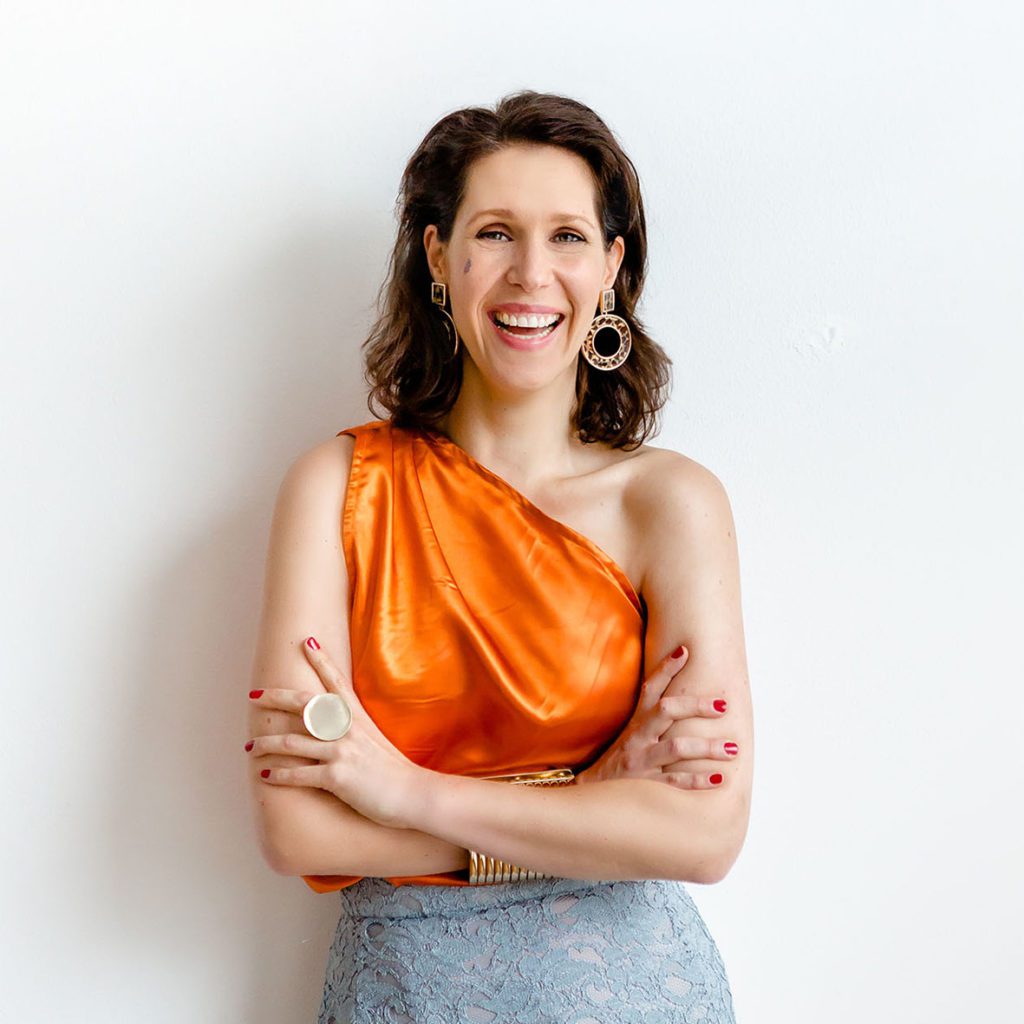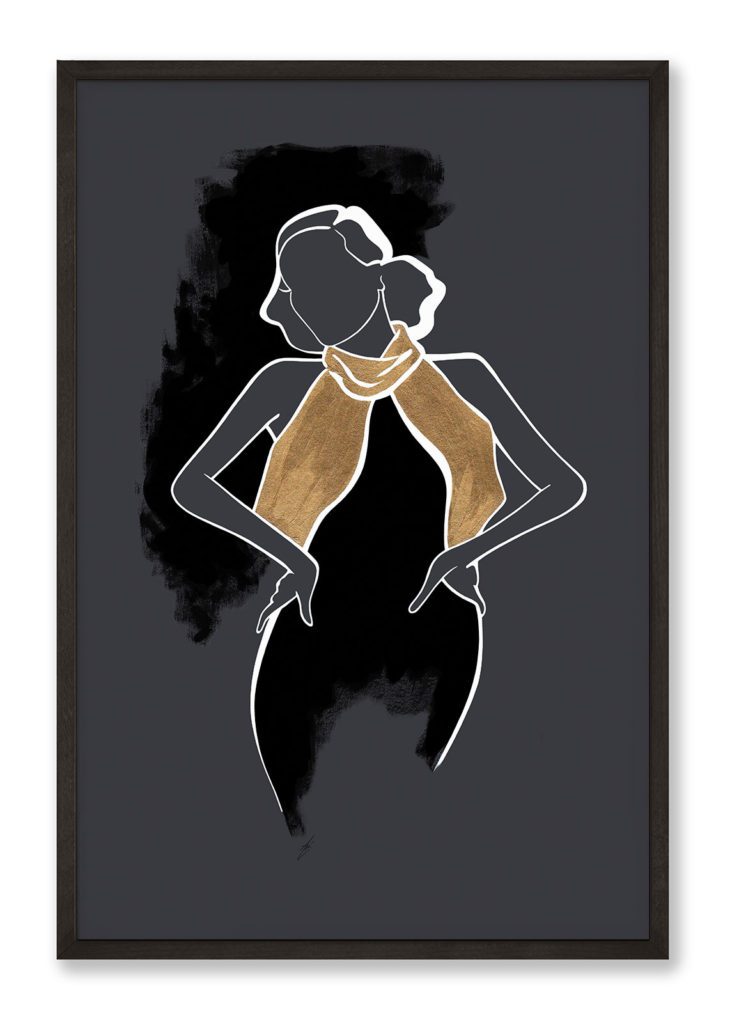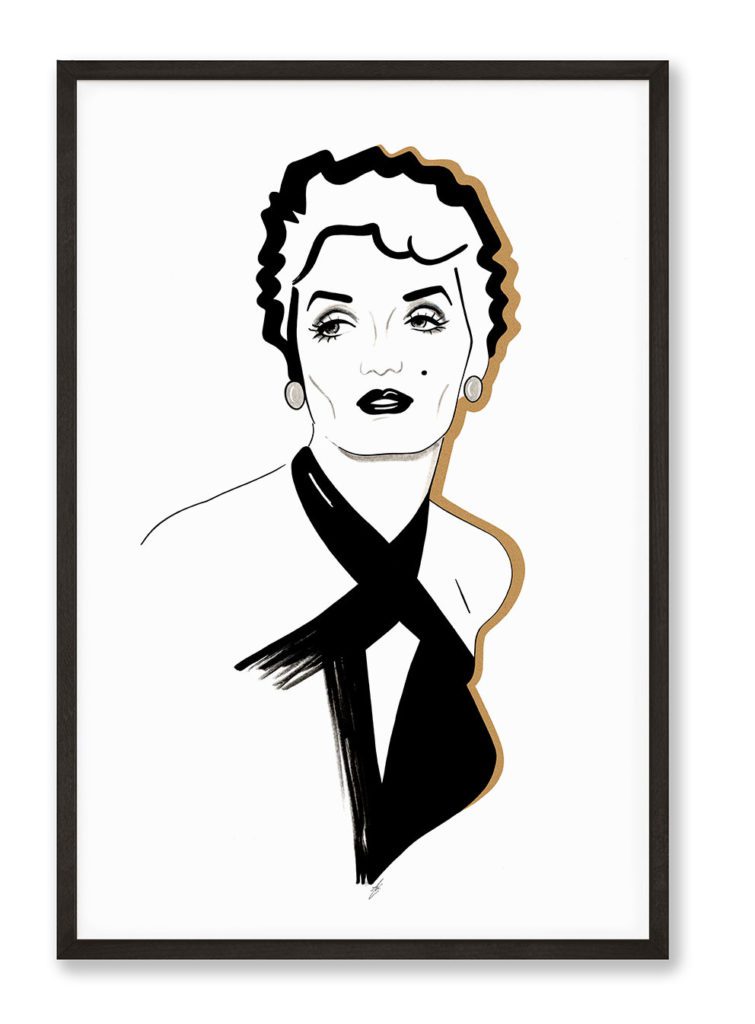Greta Garbo
Reclusive, beautiful and full of emotion.




Hi, I'm Kate!
What I am most passionate about is to inspire you to see that your life is your own and biggest masterpiece.
Greta Garbo is known as one of the most beautiful and memorable stars of Classic Hollywood. Her personality, her beauty and the mystery around her made her a legend.
LISTEN TO THE PODCAST
SUBSCRIBE TO THE PODCAST
Begininngs
Greta Lovisa Gustafsson was born on September 18, 1905 in Södermalm, Stockholm, Sweden. Her parents were working class, worked as in factories and as laborers. Greta, her parents and her two older siblings lived in the Stockholm slums. Greta graduated from school at the age of 13 and never attended high school, which was quite typical of a Swedish working-class girl. Throughout her life she would suffer from an inferiority complex caused by her missing education. Her beloved father would die from the Spanish flu in 1920, when Greta was only 14 years old.
Early interest in acting
Greta was intersted in acting from a young age, she was a daydreamer and loved to direct her friends in make-believe games and performances. Her ambition was becoming a professional actress.
Nevertheless, she took up odd jobs, first as a soap-lather girl in a barber shop, or at a department store running errands. When modeling hats for the store she got an offer as a model for the luxury department store Nordiska Companies. In 1920, Greta was filmed in commercials advertising clothing. Her appearances caught the attention of a director and she got her first role in a short comedy, Peter the Tramp, in 1922. Subsequently, she studied acting at the Royal Dramatic Training Academy in Stockholm for two years and was approached in 1924, to play a starring role in ‚The Saga of Gösta Berling‘. Mauritz Stiller, director of the movie, became the mentor of Greta, trained her as an actress and managed her career. She then played a part in Germany under the direction of G.W. Pabst together with Asta Nielsen, whom she greatly admired.
What came next was Hollywood!
Success in Silent Movies
There are different versions of how Greta Garbo snagged a contract with Louis B. Mayer from MGM. One is that Mayer was interested in director Stiller and that Stiller demanded Garbo to be part of the contract. The other version is that Mayer was more interested in Garbo than in Stiller.
No matter the circumstances – Garbo was brought to Hollywood in 1925. When Stiller and Garbo arrived in New York. After a devastating six months with now word from MGM and on the brink of returning back to Sweden, a Swedish friend helped contact MGM and arranged for a screen test. As soon as Irving Thalberg saw the screen test, he signed Garbo and started to groom her image – he got her teeth fixed, made her lose weight, ordered English lessons and started to cast her in roles as a young, worldly wise woman. Thalberg is the genius behind creating the Garbo image.
All of her silent movies were instant hits and made her MGM’s star.
Three of Garbo’s movies were filmed with John Gilbert as her leading man. Their chemistry on-screen translated beautifully off-screen, they started an affair during their first movie and started living together by the end of it.
Garbo became even more successful than the silent queen Lilian Gish. Critic Pierre de Rohan wrote about Garbo: “She has glamour and fascination for both sexes which have never been equaled on the screen.“
As Garbo still had a thick Swedish accent, MGM tried to delay the switch to sound as much as possible. But, eventually, Garbo did make the transition – successfully so.
Sound Stardom
In 1929, Garbo was cast in the MGM movie ‚Anna Christie‘, in which she spoke her first words in a movie, which were “Gimme a whiskey, ginger ale on the side, and don’t be stingy, baby.“ The movie became the highest-grossing of the year.
She followed the success with a few other sound movies before she finally accepted the starring role in ‚Mata Hard‘ in 1931 as well as ‚Grand Hotel‘ in 1932 opposite Joan Crawford, John Barrymore and Wallace Beery.
Those two were the highest-grossing movies of the respective year and ‚Grand Hotel‘ won the Academy Award for best picture. Garbo was called „the greatest money-making machine ever put on screen“. Three more movies with Melvyn Douglas followed and the world was caught by a whirlwind of Garbomania, a fanatical worldwide following of Garbo fans. When her contract expired, Garbo did no renew it, but returned to Sweden. Only after a year of negotiations did Garbo agree to sign another contract – but on the conditions of starring in ‘Queen Christina’ and increasing her salary to $300k per movie. ‘Queen Christina’ with Garbo and John Gilbert’s her leading man became the highest grossing movie of 1933 and was Garbo’s celebrated return to the screen. Although the movie was not without scandal: In some scenes, Garbo disguised as a man and kissed a female co-star. Of course, the censors objected!
Historical Dramas
As Garbo now showed a preference to star in historical and costume dramas, her success was not only dependent on the US market, but largely on the European market. Largely because of the Great Depression setting in, the US market seemed to favor US actors and couples. ‚Anna Karenina‘ (1925) and ‚Camille‘ (1936) were successful both in the domestic market as well as overseas. The closing scene of Camille were especially touching as Garbo put all her grief about Thalberg’s sudden death into her acting. The young producer’s death at only 37 plunged all of Hollywood into a state of grief. Garbo received a New York Film Critics Circle Award for Best Actress – and Garbo herself considered Camille her favourite of all of her movies.
Box office failure ‚Conquest‘ made Garbo return to Sweden and put her on the first published „Box Office Poison“ list.
What happened next, well MGM decided they needed to change things up and cast Garbo in a comedy, Ninotchka under the direction of Ernst Lubitsch. It was the first movie that Greta Garbo laughed in – and this fact was marketed heavily to audiences. The movie was a great success.
End of Garbo’s Hollywood Career
Greta Garbo called 1941’s ‚Two-Faced Woman‘ her grave. It did perform quite well at the box office, but was critically panned. It was her last film Uber 28 feature films at age 36. But, she did not officially retire. It was more a matter of circumstances.
As her success was largely dependent on the overseas markets, she thought she would continue her work after the war. Although she always was indecisive as her friend Salka Viertel said – she was eager to work, but also afraid of it. She was also worried about her age, wrinkles and ailments.
Nevertheless, she signed a contract with Walter Wanger in 1948, did the screen test, learned the script and arrived in Rome to film, but the financing fell through. She as also offered the role of Norma Desmond in Sunset Boulevard, which famously went to Gloria Swanson instead. Throughout the remainder of her life, Garbo was approached with movie role offers, but she declined and when accepted balked out at the smallest thing that went against her wishes.
She actually said about her retirement from Hollywood: I was tired of Hollywood. I did not like my work. There were many days when I had to force myself to go to the studio … I really wanted to live another life.”
Allure and Image of Greta Garbo
As film historian David Denby puts it: Greta Garbo “lowers her head to look calculating or flutters her lips,” he says. “Her face darkens with a slight tightening around the eyes and mouth; she registers a passing idea with a contraction of her brows or a drooping of her lids. Worlds turned on her movements.“ Her understated acting and intense facial features made her so mesmerizing and magnetic on screen. Especially her eyes were one-of-a-kind or as director Clarence Brown said: “Garbo has something behind the eyes that you couldn’t see until you photographed it in close-up. You could see thought. If she had to look at one person with jealousy, and another with love, she didn’t have to change her expression. You could see it in her eyes as she looked from one to the other. And nobody else has been able to do that on screen.”
Right after her first movie she became known as the „Art Deco Diva“ – glamorous. In her personal life thought, she preferred simple shoes and shirts, cigarette pants, Trenchcoat, big sunglasses and slouch hats.“ Garbo actually is credited with being the original style icon for the „slouchy hat“.
Eccentricity
It was during her fast ascent to stardom at MGM, when Garbo started to make headlines with her eccentrics on set, for example demanding black screens to shield her and prohibiting any visitors on set.
Garbo never socialized, not even during her first years in Hollywood, never signed autographs, never answered fan mail, rarely ever gave interviews and never went to Oscar ceremonies. This was not an act – that was her personality. She was afraid of strangers, and was referred to as the „Swedish Sphinx“. Initially, MGM was at their wits’ end how to promote this recluse – but ironically, even though Garbo hated publicity, she became the most publicized woman of the 20th century.
Private Life
Although Garbo hated the general public and socializing with strangers, she always had friends like Irving Thalberg and Norma Shearer or Salsa Viertel, who was Austrian-born and worked at MGM as a screenwriter. And Baroness Cecile de Rothschild.
Garbo was extremely moody, expressed her suspicion to be depressed and was rumored to be bipolar .
The did collect artwork and did have an art collection worth millions at the time of her death, containing works by Kandinsky, Renoir and other notable painters.
Garbo became a naturalized US citizen in 1953, bought and apartment in Manhattan and lived there for the remainder of her life.
Her friends were never allowed to call her Greta, but she preferred other names to stay incognito – Miss Harriet Brown, GG or Miss Garbo were the names she preferred instead.
One interesting relationship was to Samuel Adams Green, a New York City art collector and curator, who has in the habit of taping all of his phone calls. He taped all his phone calls with Greta as well and they were given to the film archives ad Wesleyan University and show the late Greta Garbo, her sense of humor and her eccentricities.
Greta Garbo took daily long walks around Manhattan – either with a companion or alone, always donning large sunglasses. It became a sport for New Yorkers and tourists alike to spot the famous actress. She kept her privacy until the end of her life.
She was a savvy businesswoman as she wisely invested in stocks and bonds and was able to leave an estate of roughly $72m to her niece.
Greta Garbo actually got treatment for breast cancer in 1984 and six-hour dialysis treatments three times a week. She died in 1990 at age 84 from pneumonia and renal failure, so her kidneys failed. She was cremated in Manhattan initially, but her ashes eventually transported to and interred in Stockholm.
Love Life
The enigma of Greta Garbo is also related to her relational status as she was never married, had no children and mostly lived alone as an adult.
Her most famous romance was with John Gilbert, her frequent co-star. Apparently, Gilbert did propose to Garbo several times and she apparently did agree to do so, backing out the last minute as she did not want to be bossed around. In Ava Gardner’s autobiography, it is revealed that Gilbert is the only man Garbo has ever loved but also that Gilbert had an affair with an extra on one of their movies and Garbo never forgave him for this. In later years she admitted that she can’t remember what she ever saw in him.
Other notable affairs were with orchestra conductor Leopold Stokowski, Erich Maria Remarque, Cecil Beaton and Russion-born millionaire George Schlee, while the latter was still married to costume designer wife Valentina.
But she is also thought of to have been predominantly lesbian. Her affairs with women include Lilyan Tashman and Louise Brooks, Mercedes de Acosta as well as Swedish-born Mimi Pollak.
With all my love!
xx






